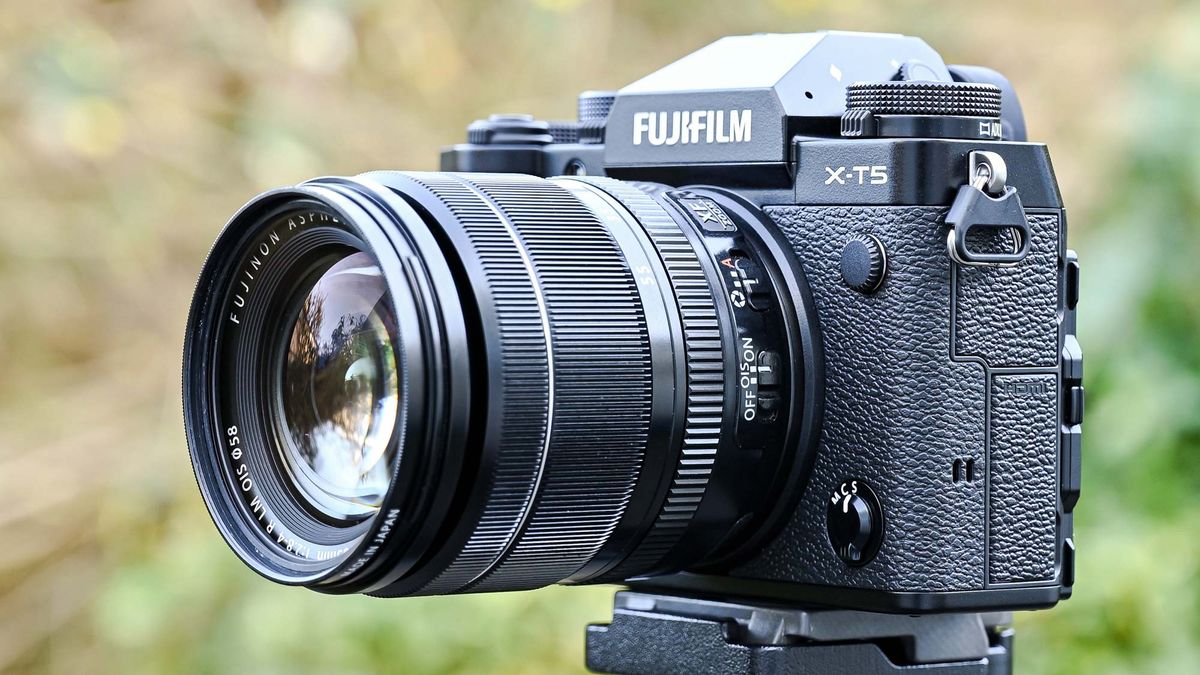Shop At Haya: Your Ultimate Shopping Guide
Discover the best shopping tips, trends, and deals for a smarter buying experience.
Capture This: The Hidden Secrets of Camera Settings
Unlock the mysteries of camera settings! Discover expert tips to elevate your photography game and capture stunning images effortlessly.
Mastering Exposure: Unlocking the Secrets of Shutter Speed, Aperture, and ISO
Mastering exposure is essential for anyone looking to take their photography to the next level. Three fundamental elements play a crucial role in determining the exposure of your images: shutter speed, aperture, and ISO. Each of these components interacts with one another, creating a balance that affects the overall brightness and clarity of a photograph. To achieve the desired effect, understanding how to manipulate these settings is vital. For example, a slower shutter speed allows more light to enter the camera, which is beneficial in low-light situations. Conversely, a faster shutter speed freezes motion, making it ideal for action shots.
To successfully control exposure, consider the exposure triangle, which consists of the three aforementioned elements. Start by experimenting with aperture, which influences the depth of field in your images. A wide aperture (small f-number) creates a shallow depth, isolating the subject against a beautifully blurred background, while a narrow aperture (large f-number) results in a greater depth of field, ensuring more of the scene is in focus. Additionally, adjusting the ISO can help you master exposure in various lighting conditions; a higher ISO setting enables you to shoot in darker environments, but be cautious of introducing noise. By understanding and applying these principles, you will unlock the secrets of the exposure triangle and enhance your photography skills.

The Ultimate Guide to Camera Settings: Tips for Perfecting Your Photography Skills
Understanding camera settings is essential for anyone looking to enhance their photography skills. Whether you're a beginner or a seasoned enthusiast, mastering the exposure triangle—which includes aperture, shutter speed, and ISO—is crucial for achieving the desired results in your images. Each of these settings plays a vital role in determining how light interacts with your camera’s sensor. For instance, adjusting the aperture affects not only the amount of light entering the camera but also the depth of field, impacting how much of the image appears in focus. Don’t be afraid to experiment with these settings to discover their effects on your photography.
To take your photography to the next level, consider implementing the following tips:
- Learn to read the histogram: This tool helps you understand the exposure of your image and allows you to fine-tune your settings.
- Practice manual mode: While automatic settings may seem convenient, manual mode gives you complete control over your camera.
- Use bracketing: This technique allows you to take multiple shots at different exposures, ensuring you have the perfect image.
By embracing these strategies and continually practicing, you'll find that your confidence and skills will grow, enabling you to take stunning photographs that truly capture the moment.
Why Understanding Camera Settings is Crucial for Capturing Stunning Photos
Understanding camera settings is essential for capturing stunning photos because it empowers photographers to manipulate their creativity and control the outcome of their images. The ability to adjust elements such as exposure, aperture, and ISO can drastically alter how light interacts with the camera sensor, allowing for greater artistic expression. For instance, tweaking the exposure can brighten a photo taken in low light conditions or darken a photo that is overly bright. Mastering these settings not only enhances your ability to shoot in various conditions but also helps in achieving the desired mood and atmosphere in your photography.
Additionally, knowing how to effectively use your camera settings can significantly improve your technical skills as a photographer. With a firm grasp on the interplay of these settings, you can experiment with different styles, such as long exposures for capturing motion or shallow depth of field for focusing on specific subjects while beautifully blurring the background. This knowledge ultimately leads to more dynamic and visually appealing compositions. Remember, the difference between a good photo and a stunning one often lies in the photographer's understanding and application of camera settings.